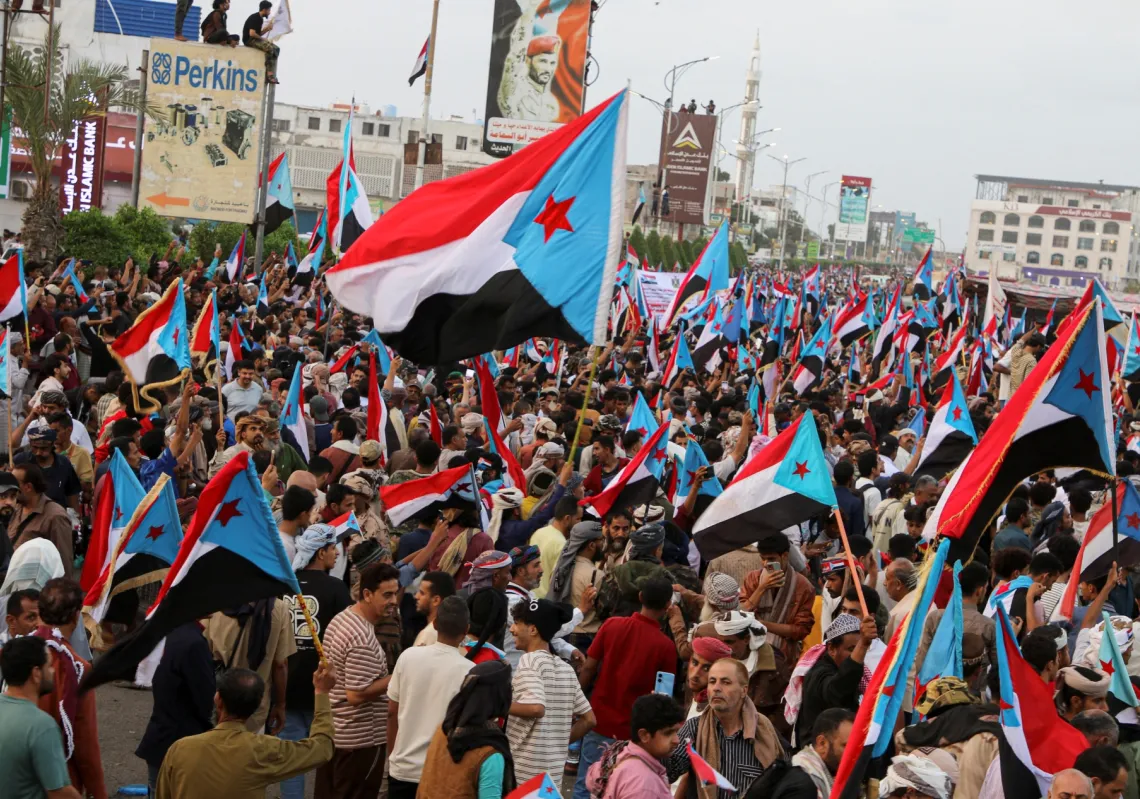This past week, the US Department of State released its Written Strategy to Disrupt and Dismantle Narcotics Production and Trafficking and Affiliated Networks Linked to the Regime of Bashar al-Assad in Syria.
The strategy was outlined in accordance with an amendment that passed this December in the 2023 National Defense Authorization Act, which stipulated the US establish an interagency strategy targeting the Syrian al-Assad regime’s sponsorship, profit, and leverage over the illicit drug trade, “Captagon,” and present this strategy to the US Congress after 180 days.

Read more: Does al-Assad hold the keys to dismantling the Captagon trade?
The written strategy debuted US interagency efforts to combat the Captagon trade along four lines of effort: diplomatic and intelligence assistance, sanctions and financial tools, bolstering partner capacity for interdiction, and accountability through diplomatic fora.
Syria: New Captagon drug trade link to top officials found https://t.co/U5mLh1vVgH
— BBC News (UK) (@BBCNews) June 27, 2023
The strategy was a comprehensive response that acknowledged the growing Captagon trade, targeting production and trafficking networks both inside and beyond Syria while incorporating existing law enforcement, demand reduction, and forensic tools into the strategy.
The written strategy asserted that bolstered capacity and border security amongst regional partners through defence programmes in the region were key to success in curbing the Captagon drug trade and participation of US adversarial actors like the Syrian regime and Iran-aligned militant groups.
However, broader messaging over the US’ counter-Captagon strategy has strongly asserted that this effort is out of the US military’s lane, largely in line with other US agencies. This disparity begs the question of how the US Department of Defense and its broader efforts in the region have—and will—play out as the US builds on its counter-Captagon strategy.













